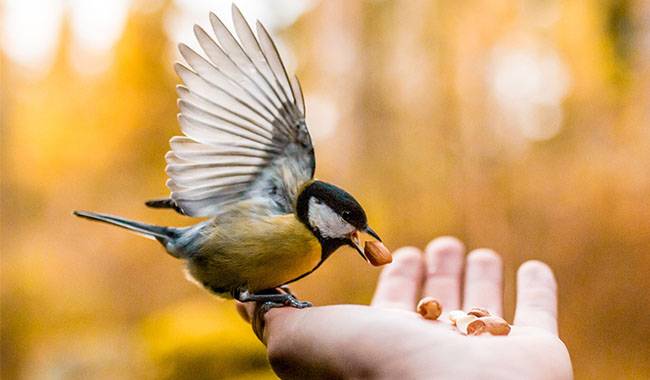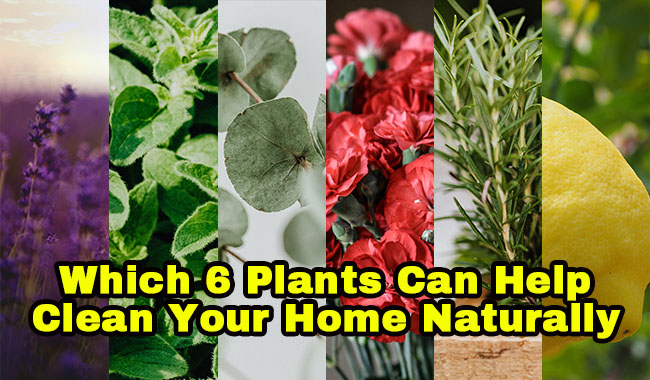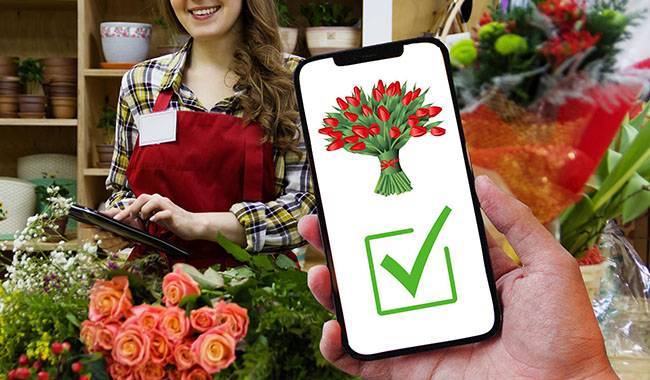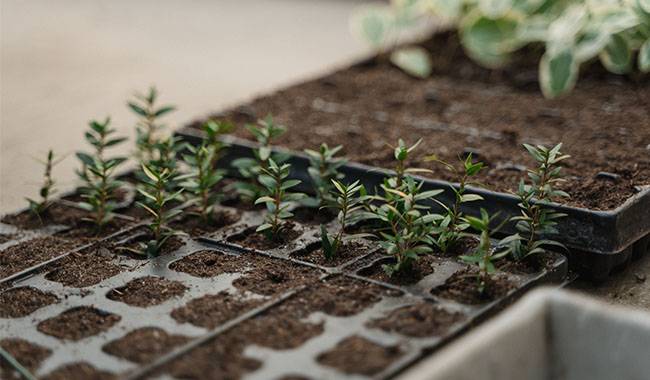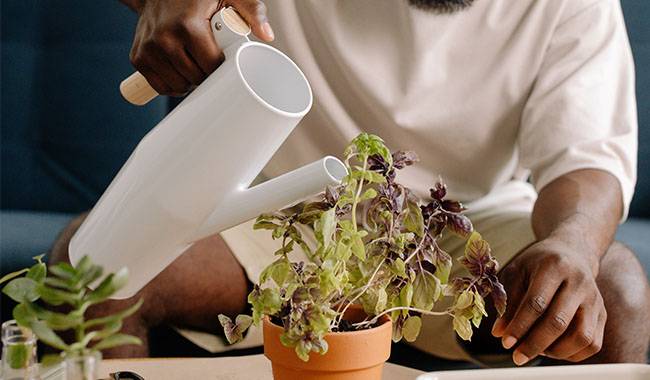
Proper garden care includes watering, fertilizing, mulching, regular removal of faded flowers, and weeding. Let’s consider in detail one of the most important aspects, namely watering. You will learn when and what water to watering your plants in the thumbgarden.com article.
How Do You Water Properly?
Most importantly, avoid regular shallow watering. This causes the root system to become shallow and unable to draw water from deep within the plant. As a result, plants will need more watering, which will compact the soil (you will need to loosen the soil more often), flush out nutrients (more fertilizer will be needed), and increase weed growth.
Proper watering is infrequent but thorough. Water should soak through the soil to the depth of the roots. For example, at least 24-28 inches (61-71 cm) for peonies, this watering will stimulate the formation of deeper roots and increase the plant’s resistance to drought. This type of watering encourages the formation of a deeper root system, increasing the plant’s resistance to drought.
Water plants more often in dry, hot weather, on light sandy soil, or when growing in a container environment. If the summer is cool and the soil is thick and clayey, water less frequently.
Water in several stages. Let the water soak in, then return to the same spot again – this way, the water will penetrate deeper rather than spill over the top. Try to water the roots so that the water does not drip onto the leaves. This is especially true for plants that are susceptible to fungal diseases.
It is better to underwater slightly than overwater – too much water displaces oxygen in the soil and anaerobic bacteria begin to develop, leading to root rot.
To determine if irrigation is needed, dig at least 4 inches (10 cm) deep, and only water when the soil there is dry.
Smart Devices: Automatic Irrigation
Fully automatic watering devices let you forget about it completely. They are connected to the garden water supply at constant pressure and are adjusted to specific conditions: watering time, frequency, and the amount of water under the plants. The control is done electronically (ready-made devices provided by the manufacturer) or manually.
The basic system can be supplemented with various elements: timers of different complexity with accumulators; pressure reduction and distribution units; rainwater or soil moisture sensors to save water; adjustable drip heads to supply 0.5-5.2 gals (2-20 liters) per hour under the plants; and various pumps.
Semi-automatic machines are better suited for areas without a permanent water supply, as the water source is a large container. Hoses, tees, connectors, and plugs are not radically different. All irrigation equipment should be disassembled, wiped clean, and stored in an unheated room for the winter.
A simple solution for watering seedlings and young plants is a homemade version of an automatic irrigation device. Screw a drip tip onto any soda bottle, scoop it up close to your plants, fill it with water, and you’re ready to water. Your plants won’t turn into a “herbarium” the next time you visit.
When is the Best Time of Day to Water My Plants?
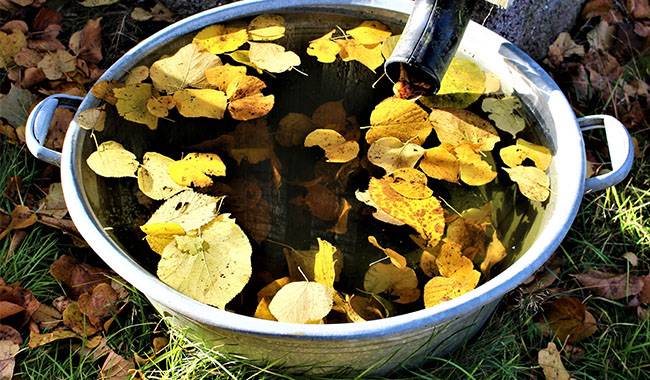
Traditionally, plants are watered by sprinkling (from a watering can with sprinklers, a hose, or a special sprinkler system on the leaves): in the morning before 9 am or in the evening from 3-4 pm to 5-6 pm. In principle, you can water the roots at any time of the day, but it is best to avoid watering during the day, especially in hot weather – the huge temperature difference between air and water can cause physiological shock (if the water also gets on the leaves). A paradoxical result: you water and the plant wilts before your eyes. Late-night watering will inevitably lead to outbreaks of leaf spot, false powdery mildew, and other fungal diseases.
What Kind of Water is Suitable for Irrigation?
If possible, use warm water for watering. This is especially important for heat-loving plants with shallow root systems. If warm water is not available, only pour cold water in small sips on the soil around the plant in the afternoon (but not on the leaves and not near the roots). The water will warm up as it passes through the warm soil.
- Rainwater is considered to be the most useful source of water for irrigation. However, this is not the case, as today’s ecology leaves much to be desired. If it hasn’t rained for a long time, or if a peat bog is burning, you shouldn’t use rainwater for irrigation: by flushing harmful impurities from the roof, this water is saturated with heavy metals, phenols, etc. What’s more, even if it’s raining heavily, it’s best not to collect water in the first half-hour – let the dust or soot wash off the roof first. Don’t rely on rain alone. To check if your plants have enough water after a rain, you can use a rain gauge (available at garden centers) or make one yourself. The most basic is an empty bottle with a funnel around the neck. The construction is buried in the ground so that the edge of the funnel is at ground level. The area of the funnel is calculated in square meters (take the radius of the funnel, expressed in meters, and multiply it by a quantity of 2.) The amount of water in the bottle is measured after the rain and the result is as follows: liters per 11 square feet (1 square meter). Good rainfall is like good watering – at least 1.3 gals (5 liters) per 11 square feet (1 square meter).
- Water from rivers and reservoirs may contain a variety of impurities harmful to plants, in addition to the usual mineral salts.
- Well water, like spring water, usually contains a large amount of minerals. It is mainly formed by rain and snow water, which dissolves the chemical components contained in the ground and rocks by penetrating into the underlying soil. Well, water is considered mineral water if the mineral content (usually containing raw potassium salts) exceeds the limit of one gram per 0.26 gals (1 liter). It may be suitable for drinking, but not for watering plants.
- Tap water has been specially treated and washed of harmful impurities. However, it contains additives for purification that may also be harmful to plants. Usually, these additives evaporate rather quickly. For this reason, tap water must be pre-calibrated before it can be used for irrigation.
Tip: Loosening is known as “dry watering”: it reduces evaporation by breaking the capillaries that carry water upwards from the lower layers of the soil. Loosening can be done the day after watering, to a depth of no more than 2 inches (5 cm).




